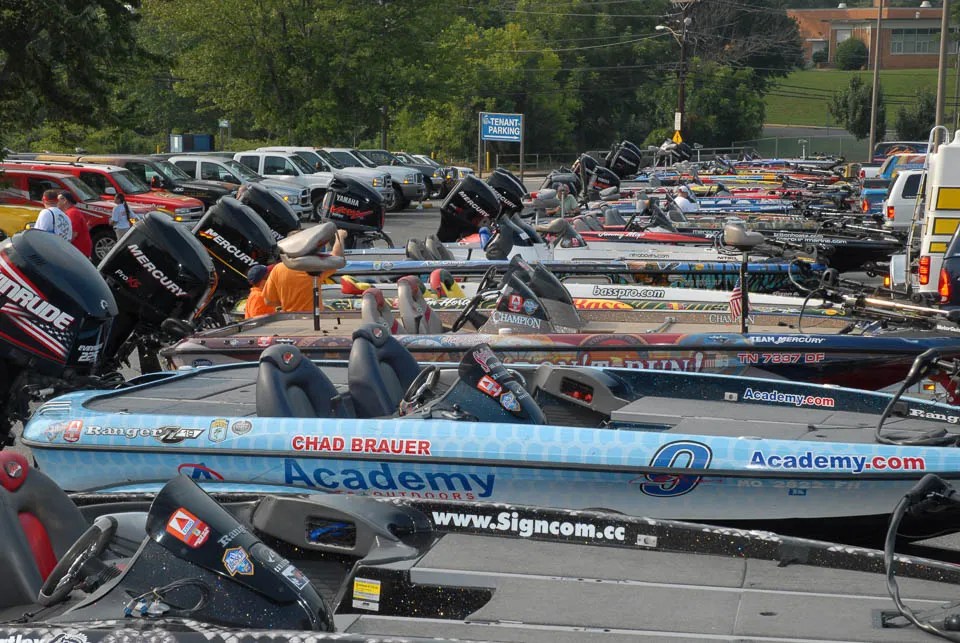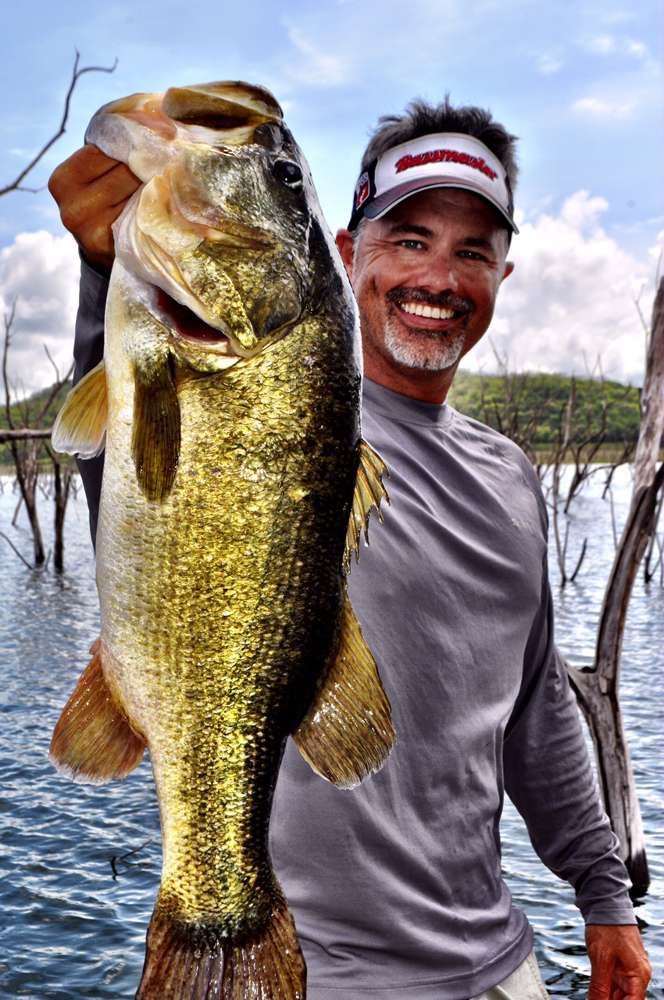
As I get older, time becomes slippery. For example, it’s hard for me to grasp that it’s been 35 years since I graduated high school. I remain a proud alumni of Klein High’s class of 1989. Nobody had a cellphone. Home computers were rare. It would be 10 more years before the common man would even consider buying a laptop. Now, it’s hard to imagine existing before iPhones, FaceTime and online shopping. So, when I realized that 2025 will mark the 20th season of the Bassmaster Elite Series, I pulled out my walker and pondered how much has changed within bass fishing’s competitive landscape since the Elite concept was born in 2006.
I remember being in the room when the spark happened (my hair was black then). Jerry McKinnis, Dave Precht, Trip Weldon (all Bass Fishing Hall of Famers), as well as others, were sitting around the table. ESPN had recently purchased B.A.S.S. and wanted professional bass fishing to become the next NASCAR. After a long skull session, it was determined that big steps had to be taken to elevate the sport. First, bass boats needed to look cool … like racecars. So, Elite Series pros would be mandated to wrap their boats. Secondly, Elite pros needed to look and act like professionals (a bigger ask than you might think back then). So, B.A.S.S. mandated a dress code and implemented a new code of conduct standard. And lastly, there needed to be big money to garner the attention of consumers and sponsors alike, as well as a smaller field of anglers. And this was a biggie. B.A.S.S. announced that entry fees would be $5,000 per tournament and that only 100 anglers would make up the Elite Series field (it’s a lot easier to create stars of the sport with fewer anglers vying for the spotlight). Previously, entry fees were thousands of dollars less per event and more than 150 anglers were competing.
There was a big question mark as to whether 100 anglers would be willing to commit both financially and emotionally to the new concept. That question was answered when 106 anglers answered the call. Interestingly, 20 years later, nine of those anglers remain from the original roster (Greg Hackney, Gerald Swindle, Mike Iaconelli, Steve Kennedy, Mark Menendez, Randy Howell, John Crews, Bill Lowen and Bernie Schultz).
To help wrap your mind around the year 2006, remember that Facebook and Twitter were not yet a thing, Vice President Dick Cheney shot a guy while hunting and Saddam Hussein was executed for crimes against humanity. Yes, it was that long ago.
Although these changes reimagined the professional level of bass fishing, more modifications were spawned through the Elite Series in the years that followed. In the early days of the Elites, the pros were still fishing with co-anglers. Eventually, B.A.S.S. announced the Marshal program and Elite anglers had the entire boat to themselves. In the early days of the Elites, competitors fished out of B.A.S.S. sponsor boats on the final day. Eventually, this changed and anglers fished out of their own boats every day of Elite Series events.
It’s cool to see how many of the decisions made two decades ago have influenced what bass fishing looks like today. Had B.A.S.S. not created the Elite Series, I doubt junior high anglers would be wearing jerseys and college bass fishing teams would have wrapped boats.
So, 2025 will be a yearlong celebration of not only the Elite Series, but how the original concept has transformed bass fishing. As a fan of the sport, it will be fun to look back on the evolution of competition, even though, in my mind, the seismic changes seemed to have happened just yesterday.





